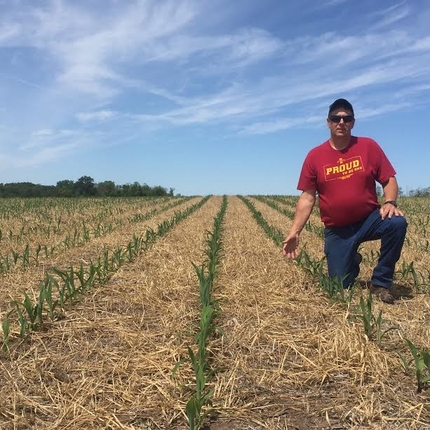Farmers manage crops, maintain equipment, and market products, often while balancing a second job and family demands.
Adding a dispute with a crop insurance company is the last thing farmers need.
Kevin Glanz, a farmer near Manchester, Iowa, has planted cover crops for five years. Cover crops are usually grasses or legumes planted between crop rotations to suppress weeds, manage soil erosion, and help soil quality.
Last year, his crop insurance agent raised concerns. After three in-person inspections as part of a quality control audit, Kevin understood if he filed a claim in the fall, his loss may not be covered due to a cover crop practice.
Crop insurance is managed by the federal government, which underwrites policies. In addition, the U.S. Department of Agriculture has established “Good Farming Practices” to help define good crop management and stewardship.
However, “Good Farming Practices” does not address cover crops, so there is an additional set of guidelines that direct when farmers should terminate cover crops before planting their main crop to remain eligible for crop insurance.
In 2015, the government spent nearly $8 billion on administering crop insurance, including support for farmers’ crop insurance bills (or premiums), indemnities, and expense reimbursement to crop insurance companies.
Congress is beginning work on the next farm bill, and we urge our elected representatives to consider policies that encourage crop insurance companies to support conservation practices, such as cover crops.
Farmers and good stewards like Kevin need to know they can depend on their crop insurance.



